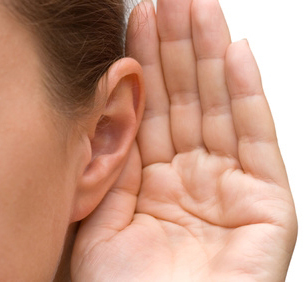 Scientists are studying actors’ brains. Why? Because actors are reliably flexible – and accurate – when it comes to feeling emotions on command. A team of neuroscientists, psychologists and sociologists at Carnegie Mellon University’s Scientific Imaging & Brain Research Center wanted to find a way to accurately track and interpret emotional states in subjects to better understand how our brains register emotion. The CMU team did this by creating a computer model that analyzed distinctive fMRI patterns (functional Magnetic Resonance Image patterns) associated with a variety of positive and negative feelings. Specifically, they studied nine emotions: anger, disgust, envy, fear, happiness, lust, pride, sadness and shame. VIDEOS LESS EFFECTIVE The most common approach other researchers have taken to studying human emotions is to evoke feelings in subjects by having them watch film clips. Unfortunately, subjects lose interest after several repetitions, and the films no longer evoke the desired response. How did the CMU team solve this problem? By turning to Carnegie Mellon’s School of Drama! The breakthrough came when with one of the team members hit on the idea of using actors for research subjects, because they’re experienced at cycling through emotional states. ACTORS TO THE RESCUE Volunteers from Carnegie Mellon University’s School of Drama first viewed the words of the nine emotions, and then entered these states multiple times, in random order. Later, brain scans of these same subjects were analyzed after they’d been shown emotional photos. The model was able to correctly identify the emotion involved in the second test with 84% accuracy. (Chance would have been 50%.) Happiness was the easiest emotion to identify; envy was the hardest. (Positive and negative emotions have distinctly different neural signatures.) And of all of the emotions, lust had the most easily recognized pattern. (Hmmm….) WHAT THE BRAIN DOES The leading neuroscientist on the team, Marcel Just, explained, "We found that three main organizing factors underpinned the emotion neural signatures, namely the positive or negative valence of the emotion, its intensity — mild or strong, and its sociality — involvement or non-involvement of another person. "This is how emotions are organized in the brain.” PICTURES HELP US Why does this matter to voice actors? Because being able to quickly and consistently feel – then voice – emotion is essential to our work. Isn’t it nice to know that leaders in brain science acknowledge that we’re experts at this? Also, isn’t it nice to know that visual images can be just as powerful as words in ‘lighting up our brains’? Something to think about when it comes to sustaining a mood during a long read. Finding a compelling visual image that captures the emotion you’re going for just might make it easier for your brain to stay on track. For more on Carnegie Mellon University’s cutting-edge research on the neuroscience behind emotions, see: New Study Extends ‘Mind Reading’ Research to Feelings by Applying Machine Learning Techniques to fMRI Data. -----------------------------------------------------  ABOUT ELIZABETH ABOUT ELIZABETHElizabeth Holmes is a writer, voice actor, and staff editor at VoiceOverXtra, based in Northern California. She is also editor of VoiceOverXtra's book division, including Voice Over Legal, by voice actor / attorney Robert Sciglimpaglia. Email: elizabeth@HolmesVoice.com Earlier Sounds Odd Columns: http://bit.ly/SoundsOddColumns |
||
Email alerts to new VoiceOverXtra articles
With Sean Daeley and Paul Stefano - check it out!
On Michael Langsner's Voice-Over Roadmap Podcast
Get your bi-weekly dose here ... all things VO!
As of the NEW website launch, 03/22/2012

 SOUNDS ODD
SOUNDS ODD








Occasionally I have chipped in on the Psychology wall at LinkedIn to ask why actors apparently get scant attention from researchers or even PhD students (so far, no explanation!).
It's evident neuroscience is pushing the agenda. It ls particularly pleasing to note that Carnegie Mellon chose voice actors, who indeed have to characterize and emote faster and more frequently than our board-treading colleagues.